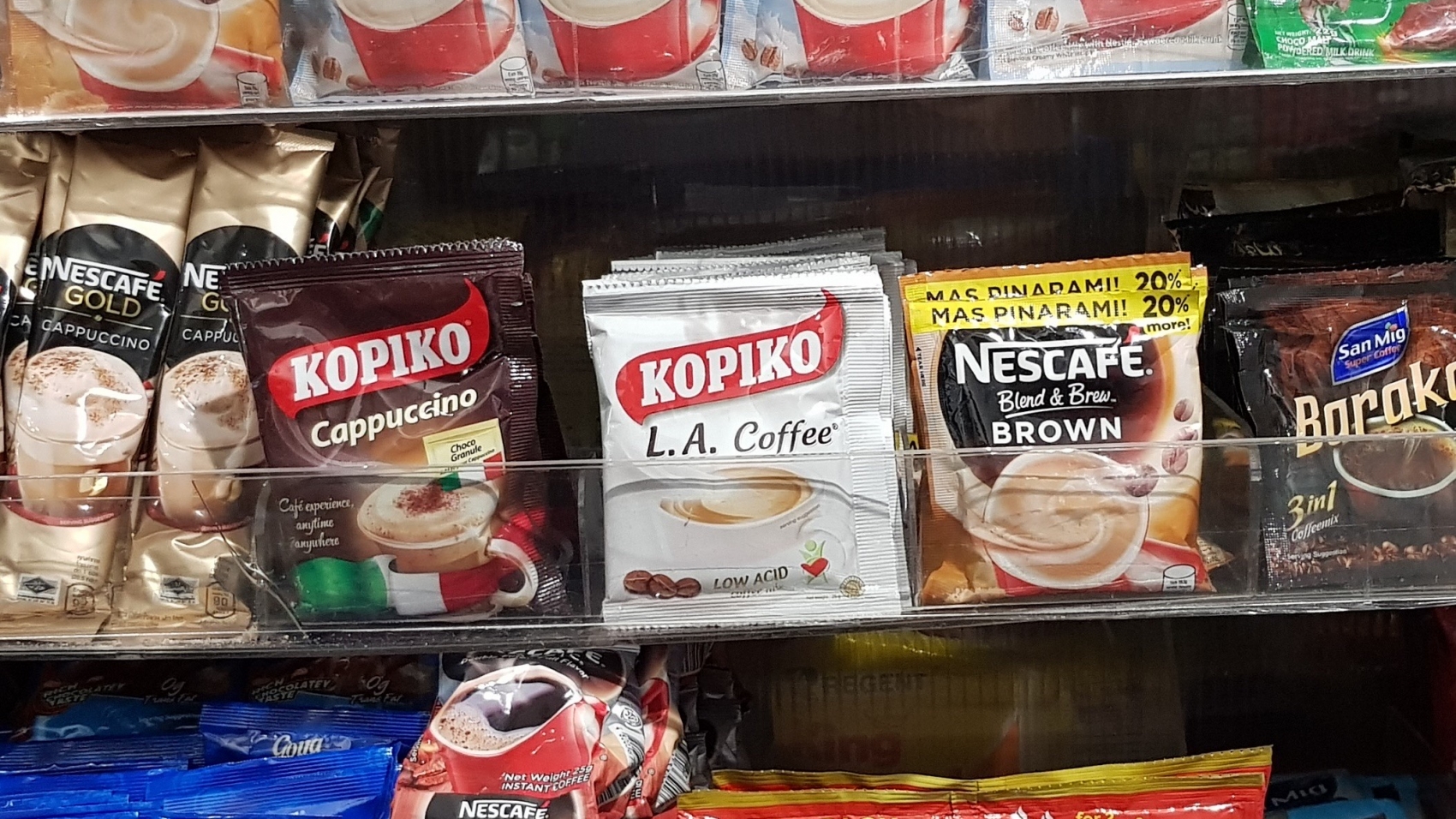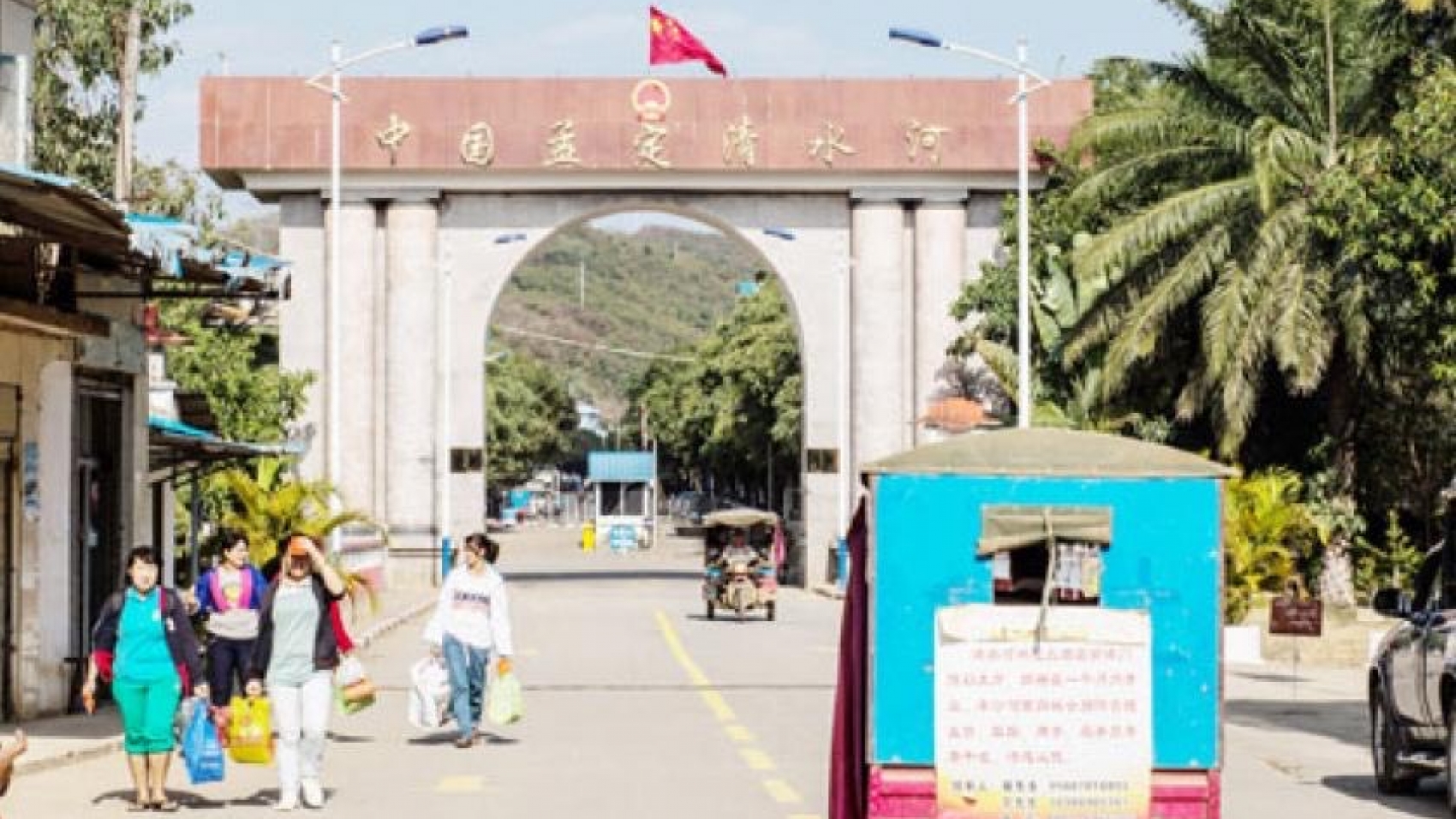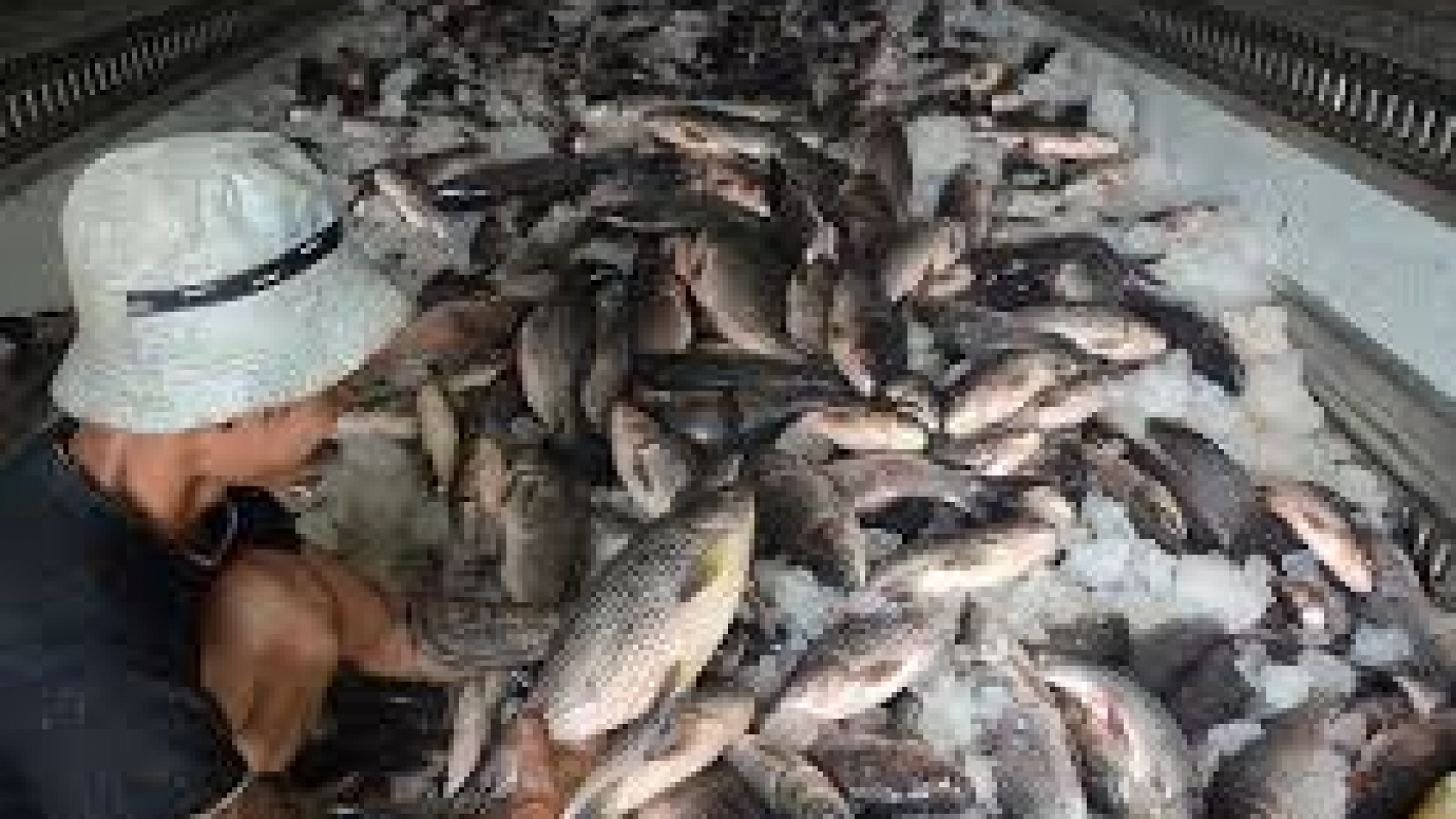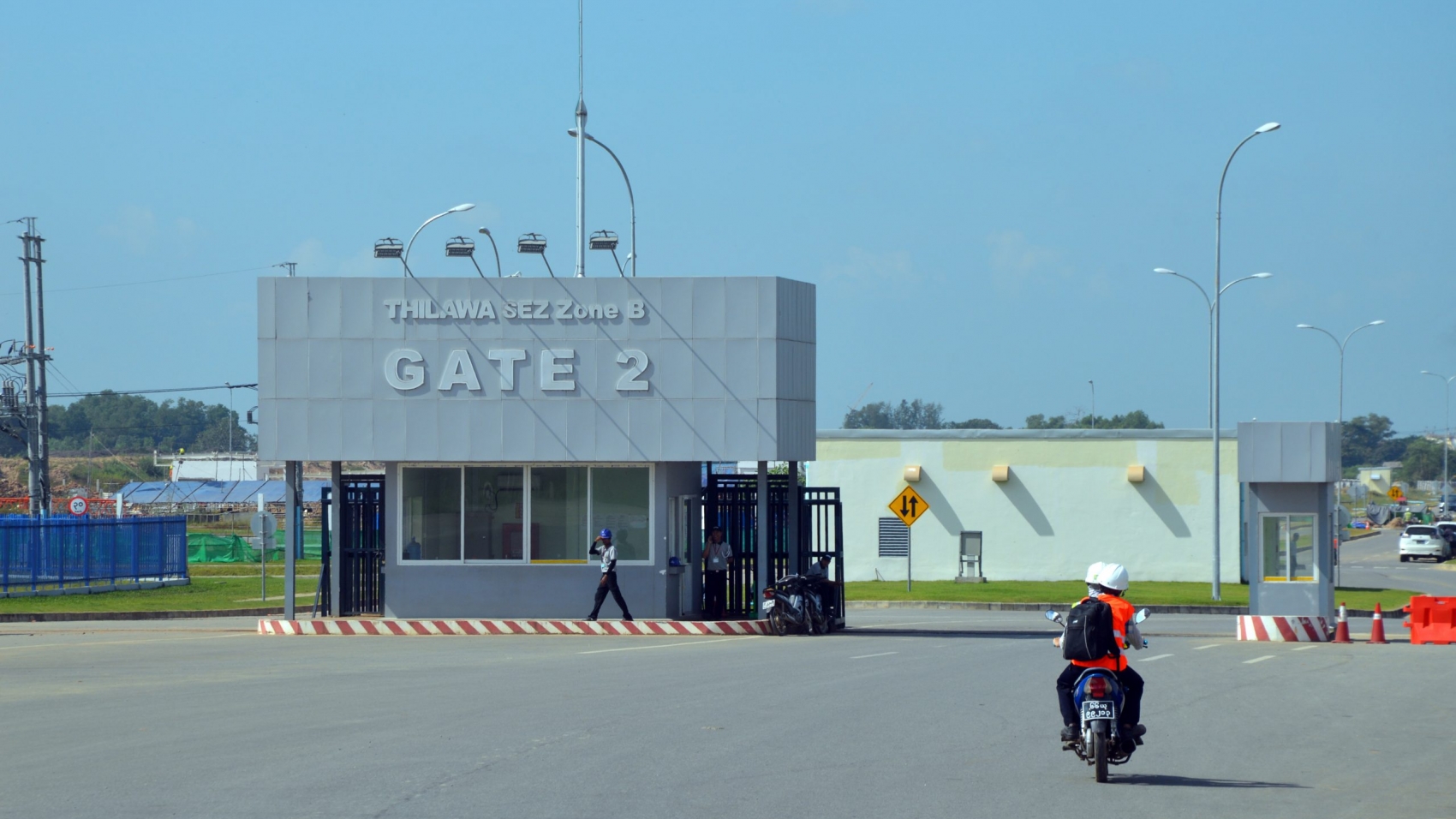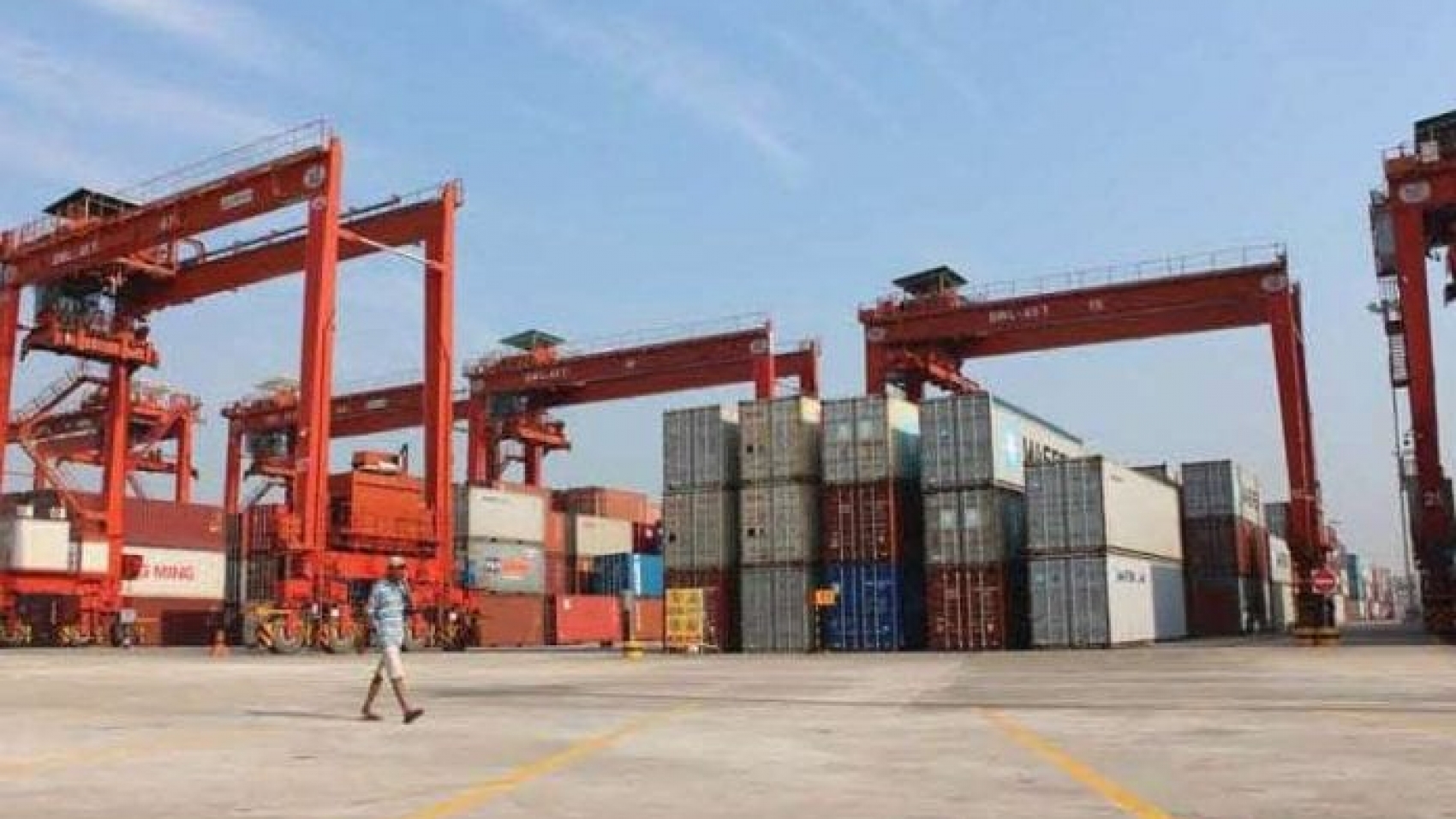MYANMAR’S Trade Department under the Ministry of Commerce has notified that four food commodities are temporarily restricted for import via the Myanmar-Thailand border starting from 1 May, Myawady Trade Zone reported. The restricted items include various beverages, coffee mix and tea mix, instant coffee, and condensed milk and evaporated milk. However, they can be imported through maritime trade. Traders stressed that it would add more extra transport costs. Moreover, it causes price hikes in the retail market at present. The value of Myanmar’s bilateral trade with the neighbouring country Thailand through the land border has registered a decrease of US$370.79 million between 1 October and 2 April of the current financial year 2020- 2021 as against a year-ago period the statistics issued by the Ministry of Commerce indicated. The ministry reported that exports surpassed imports in trade with Thailand this year, with exports reaching over $1.3 billion and imports valued at over $589.7 million, totaling $1.9 billion.
Myawady border performed the best among seven border points between Myanmar and Thailand, having a trade value of $729.46 million. During the corresponding period of the past FY2019-2020, Myanmar-Thailand border trade touched a high of $2.28 billion. During the last FY, Myanmar has increasingly exported corns to Thailand through the Myawady border. Myanmar’s corn exports to Thailand significantly soared to over 1.2 million tonnes through border posts between Myanmar and Thailand during October and May period in the FY2019-2020, said an official of the Ministry of Commerce. At present, Myanmar exports the corn to Thailand through Myawady and Tachilek land border. About 5,000-6,000 tonnes of corn are daily sent to Thailand through Myawady, while Tachilek border does not regularly export. Myanmar is allowed for corn export between 1 February and 31 August with Form-D, under zero tariff.
Thailand imposed 73 per cent of tax on corn import to protect the rights of their growers if the corns are imported during the corn season of Thailand, according to the notification of the World Trade Organization regarding corn import of Thailand, said a corn exporter. Myanmar intends to reach an export target of one million tonnes of corn to Thailand this year, Myanmar Corn Industrial Association stated. Additionally, exports of natural gas from the Taninthayi Region has contributed to the enormous increase in border trade with Thailand in the previous years. This year, gas exports via the Hteekhee border drastically fell. There are seven border posts between Myanmar and Thailand, Tachilek, Myawady, Kawthoung, Htikhee, Myeik, Mawtaung and Meisei. Except for Tachilek and Myawady, the remaining border posts showed a decrease in the trade this FY. Myanmar primarily exports natural gas, fishery products, coal, tin concentrate (SN 71.58 per cent), coconut (fresh and dry), beans, and bamboo shoots to Thailand. It imports capital goods such as machinery, raw industrial goods such as cement and fertilizers, consumer goods such as cosmetics and food products from the neighbouring.
Source: The Global New Light of Myanmar

